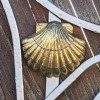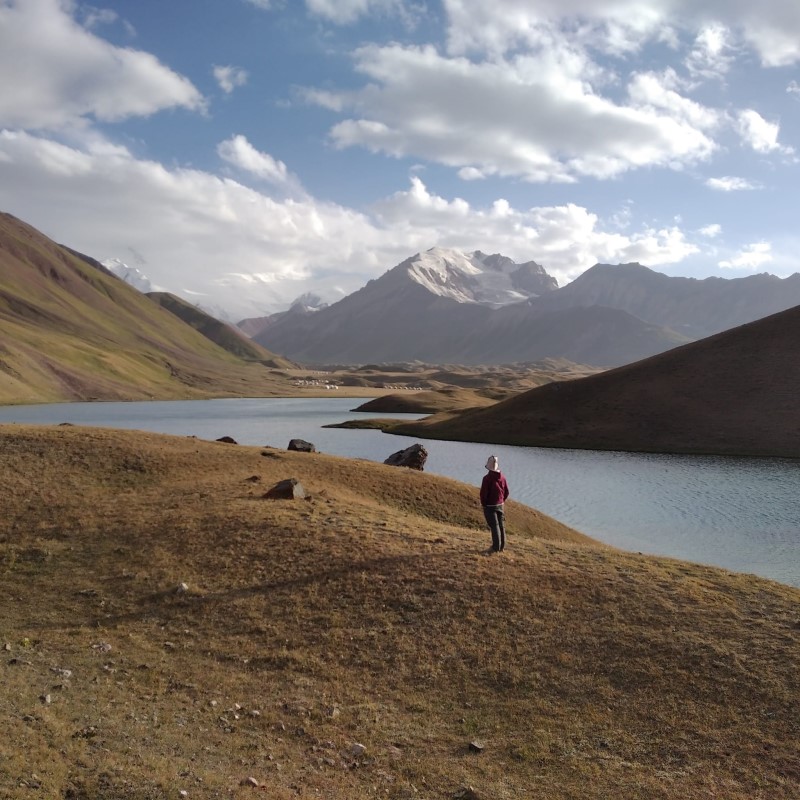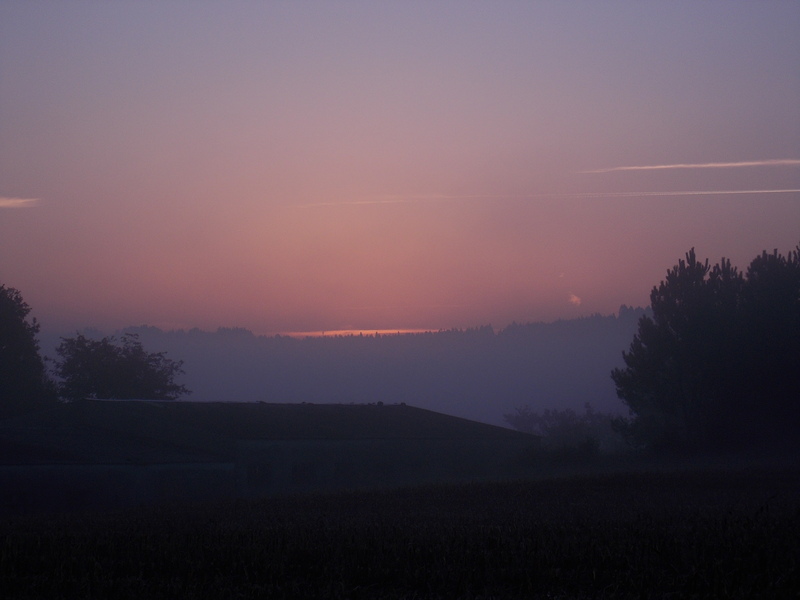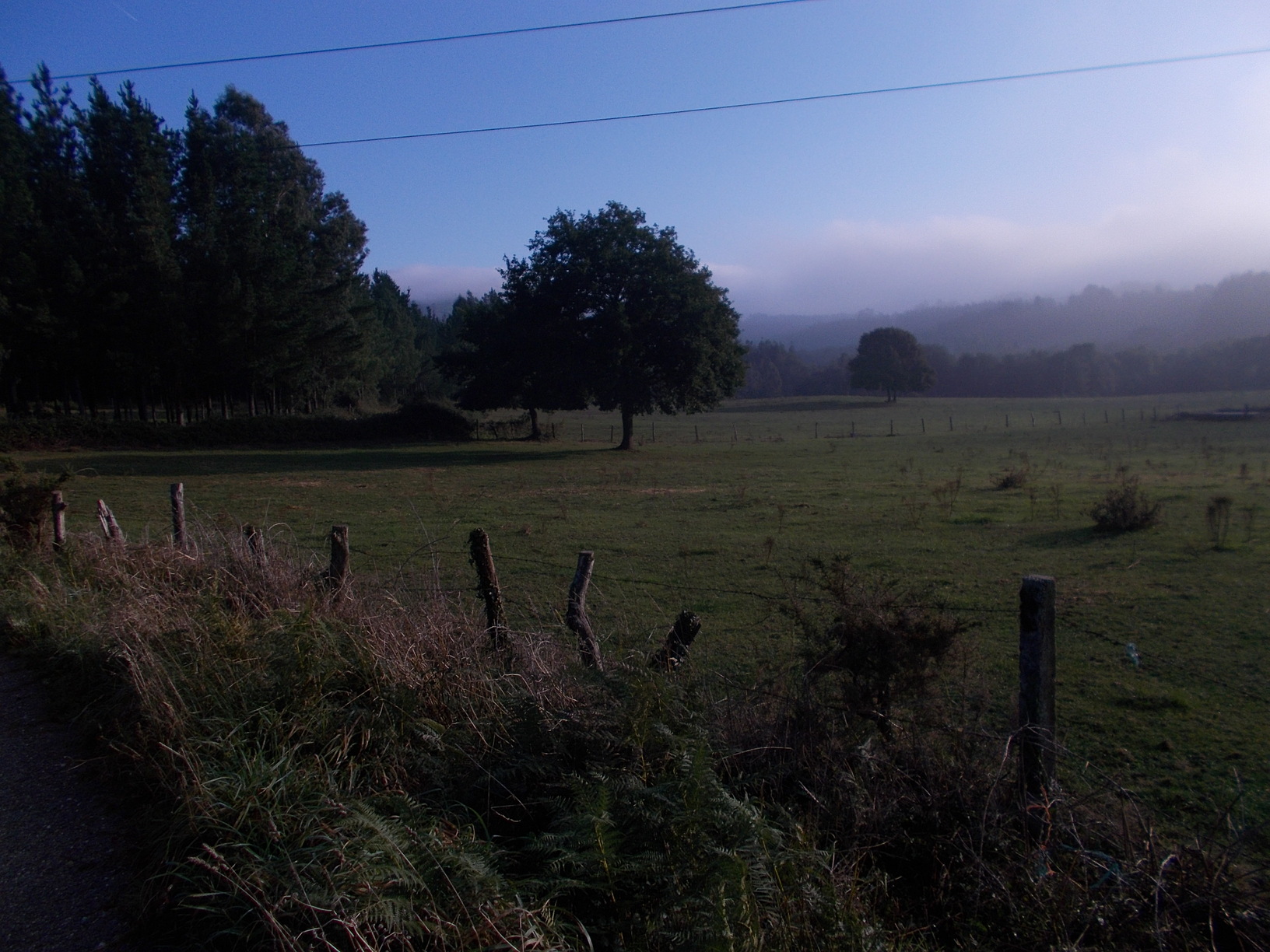1. Pictograms used on the camino stage description
![]() – “Global”, it means that the city with this icon offers all basic services for pilgrims–at least some affordable accommodation, a supermarket, and a place to eat/drink something.
– “Global”, it means that the city with this icon offers all basic services for pilgrims–at least some affordable accommodation, a supermarket, and a place to eat/drink something.
![]()
– “Shopping” means that there is a supermarket (big or small) in the place indicated on the infographic. Obviously if the town/villages has a “global” icon, we do not display the shopping icon anymore, since a supermarket is already represented in that icon.
![]()
– Bar/Restaurant. Typically a place where you can stop for a drink (always) and also to eat something (most of the time). We do not make a distinction between bar and restaurant from a simple reason: in Spain, the distinction is rather blur… As an example, many bars offer daily menu, and have on display some snacks (the Spanish omelette, baguettes, etc) all day long. On the contrary, some restaurants are open only for a limited number of hours (for example from 1:30 to 4:30 pm), and may be closed for a few days each week… What I try to say here is that sometimes the chances of getting some food are better in a bar then in a restaurant :). That’s why we put this as one category instead of two, in contrary to most other camino guides you may know.
![]()
– Accommodation, of any type, not specifically for pilgrims. In Spain you have more different accommodation types that you can imagine: Hotel, hostal, albergue, albergue turistico, albergue juvenil, albergue de peregrinos, casa rural, posada rural, hospederia, pension, to name just a few :). Even Spanish people sometimes do not know what exactly each of these names mean… Anyway, you can theoretically stay in any of these places (if your budget allows it), and when you see this pictogram next to some name on one of our infographics, it simply means that there is some accommodation available. Again, we do not display this icon when “global” icon is displayed, since global includes accommodation already.
![]()
– Pilgrim accommodation, when you see this pictogram next to a town on the infographics, with blue A, it means that there is a specifically pilgrim place in the town/village. That means a place where only pilgrims with a pilgrim passport (credential) can stay. These are typically the most affordable options along the route and where most pilgrims will stay.
* Important note: The list of locations we show on the infographics are principal locations along each stage of your camino, that means places where pilgrims stay most often, plus some of our personal picks (for example with a great pilgrim place :)). On some stages (especially close to big cities) there might be more villages and small towns offering some services (a shop, a restaurant etc). What I try to say here is that if the information isn’t sufficient to you, and you perhaps seek some private accommodation elsewhere along the camino, you have to do an additional research.
2. Pictograms used on the accommodation options infographics
![]()
– Pilgrim albergue, place where only pilgrims are allowed. Again there are more types of these pilgrim hostels, such as a parochial albergue, or a donativo albergue, and they offer a vast range of different experiences for anyone staying there–from very basic places to very elaborated or almost luxurious albergues, and can cost anything from 0 euro (donation based) to 30 euro/night. But they share the following two characteristics: you share a room with other pilgrims, and the place is for pilgrims only (other types of travelers cannot stay inside).
![]()
– Hostel, an accommodation type with shared rooms, but not reserved to pilgrims only. Typically from 4 to 12 people in one room, bunk beds, anyone is allowed. In smaller places along the Camino outside of summer months 90% of guests will be pilgrims anyway. However, in summer and in big cities (Bilbao, Santander, Gijon) all year round, you can sometimes be the only pilgrim in the room in a hostel. Prices range from 12 euro to 40 euro/night.
![]() – Hotel, symbolizes any type of accommodation with private rooms. As I explained above, you have plenty of accommodation types in Spain (hotels, pensions, casas rural, posadas, and so on, and so forth). This pictogram simply shows that there is some such accommodation in the place (or more, which is indicated by the number next to the icon. 10+ means more than 10 private accommodation options available in the given town/city).
– Hotel, symbolizes any type of accommodation with private rooms. As I explained above, you have plenty of accommodation types in Spain (hotels, pensions, casas rural, posadas, and so on, and so forth). This pictogram simply shows that there is some such accommodation in the place (or more, which is indicated by the number next to the icon. 10+ means more than 10 private accommodation options available in the given town/city).
* Important notes:
- Since the north of Spain is a tourist destination with big seasonality, prices change a lot during the year. I myself experienced staying in the same hotel for 60 euro in December and for 110 euro in August… While I try my best to indicate the price you will pay (or the price range), prices may still be a bit higher in the summer. Hence you should not rely on this and simply walk in a place confident of how much you will pay. I recommend you to always check the prices before checking-in anywhere…
- Another thing is that our guides are updated once a year, always in winter, before the Camino season. Just like with any other businesses, places along the road (restaurants, bars, albergues) do open and close, go bankrupt, change owners, etc. This can happen also during the year. While we try our very best to make sure the information is 100% accurate, some mistakes may always creep in. You can let us know if you discover one. Thank you :).
- If you have more questions to the pictograms and icons you see on our website, or something else is unclear, you can always write to admin[at]caminolovers[dot]com. Thank you, and buen camino :).




